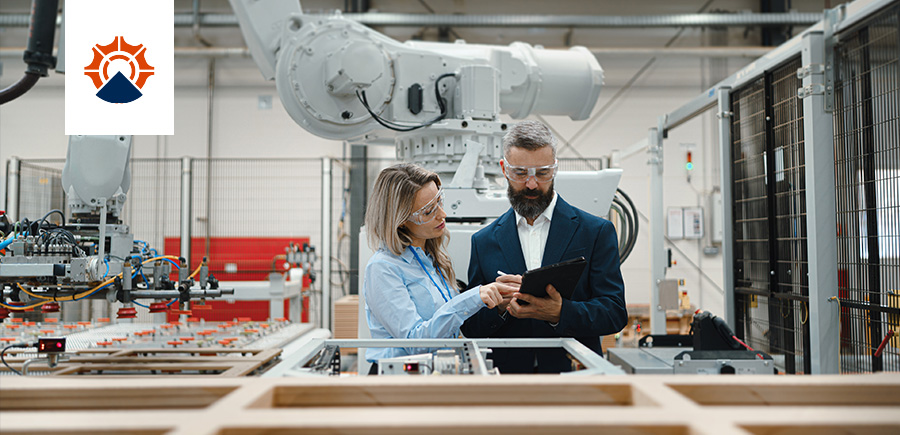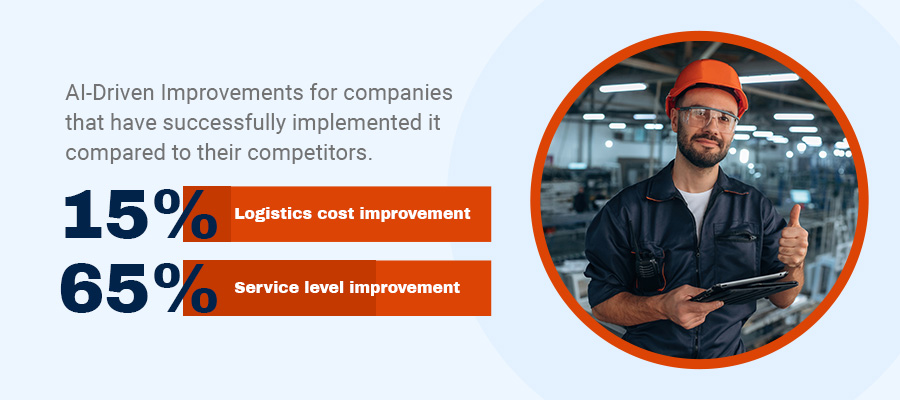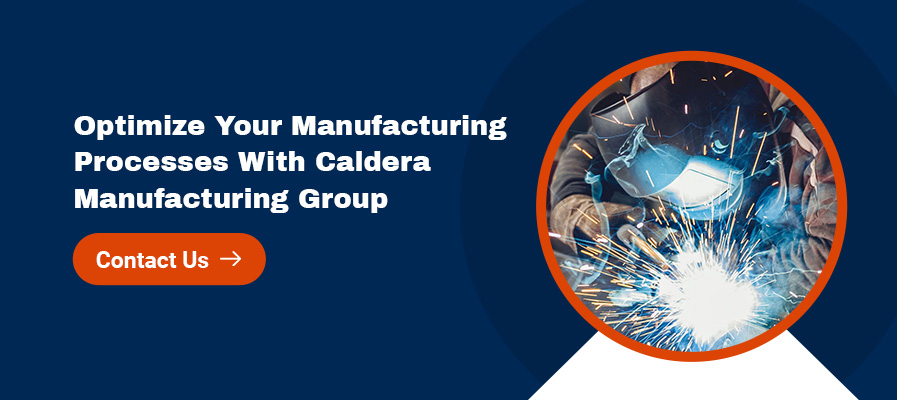
Custom metal manufacturing relies on stringent quality control systems to create consistent products free of defects. Traditionally, this has taken the form of visual inspections, hardness and tensile testing, and the use of tools like laser cutting and stamping machines — but these methods are far from perfect.
Integrating more artificial intelligence (AI) and machine learning (ML) into manufacturing processes is helping metal manufacturers overcome common operational challenges, improve overall efficiency and produce higher-quality output.
The manufacturing industry as a whole is experiencing Industry 4.0, also known as the Fourth Industrial Revolution, which focuses on the relationship between smart technology, sensors and advanced analytics tools.
In metal manufacturing, enhancements like the following have already provided advantages:
One of the key aspects of AI in manufacturing is that it becomes more adaptive and accurate as it analyzes more data and manufacturing scenarios. It’s also a fast-advancing field that’s constantly producing and improving new technologies to make custom metal manufacturing faster, safer and more precise. Some areas worth exploring include:
Accessing real-time analytics from sensor input lets you make more informed decisions. By using a combination of historical data and predictive ML, you’ll have critical information at your fingertips when you need it. This could take the form of:

AI has and will continue to transform the manufacturing supply chain — companies that have successfully implemented it have improved logistics costs by 15% and service levels by 65% compared to their competitors.
AI algorithms can help you calculate the best time to schedule each phase of production, including specific toolpaths and machine availability, to deliver faster lead times with minimal cost. For example, an AI-powered CNC machine can automatically establish and prompt operating procedures, design adjustments and tool changes without human intervention.
Because AI can analyze enormous amounts of data, you can also use it to improve your forecasting based on current market trends and information about previous sales and customer behavior.
If you manufacture custom pieces, you know how crucial precision cutting and flexible systems are to fulfilling different specifications. You’re likely also familiar with the challenge of keeping the right type and amount of materials on hand to fulfill orders on time without overstocking. AI-enhanced production lines can eliminate these obstacles through adaptive manufacturing tools and processes and data-driven inventory management.
While the benefits of AI in manufacturing are vast, there are also a few factors and barriers to consider.
Fewer people are applying for manufacturing positions, and approximately 1.9 million jobs could remain unfilled in the industry by 2033. Despite this, many people are unwilling to integrate AI into their processes due to distrust or a lack of understanding. Being transparent is essential — managing engineers and project managers should clearly demonstrate how each tool will make employees’ jobs safer, easier and more comfortable.
Most AI tools are useless without human intelligence to interpret and act on things like preventive maintenance alerts and defect detection. Implementing AI even opens opportunities for employees to learn new skills or take on new roles.
While optimizing production with AI can ultimately lower operational expenses and shorten the total time-to-market, the cost of integrating tools and smart sensors is a large barrier to entry for many small- to midsize metal manufacturers.
One strategy to combat this is incremental optimization, which focuses on introducing AI slowly, starting with the areas that will have the highest impact. For example, optimizing a CNC machine for more accurate and precise cutting may have more immediate benefits than AI-powered inventory management software.
AI can only make accurate and informed decisions and predictions if it has a large enough volume of consistent, error-free, high-quality data. Manufacturers seeking to implement ML and AI-driven tools must have processes in place for data collection and storage, including regular audits.
The future of metal manufacturing promises faster, more efficient production. As our understanding of AI grows and ML models become smarter, expect to see more of these emerging trends:

AI is a critical component in the future of metal fabrication and may be the key to staying competitive in an increasingly diverse market. If your facility lacks the space or capital to add permanent upgrades, Caldera Manufacturing Group can help. Contact us today or explore our range of full-service metal fabrication services to see how we can supplement your operations with the aid of advanced, state-of-the-art equipment.